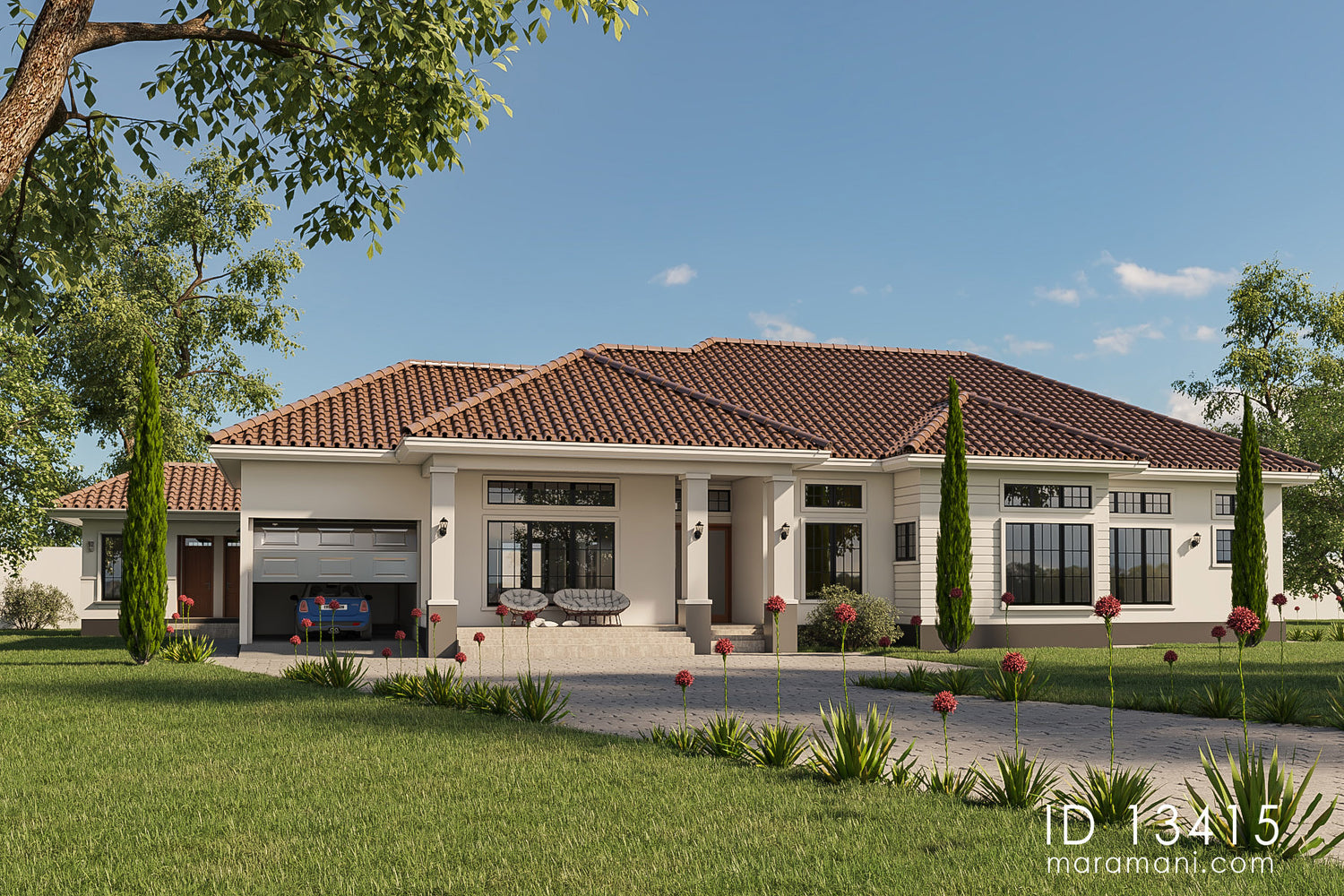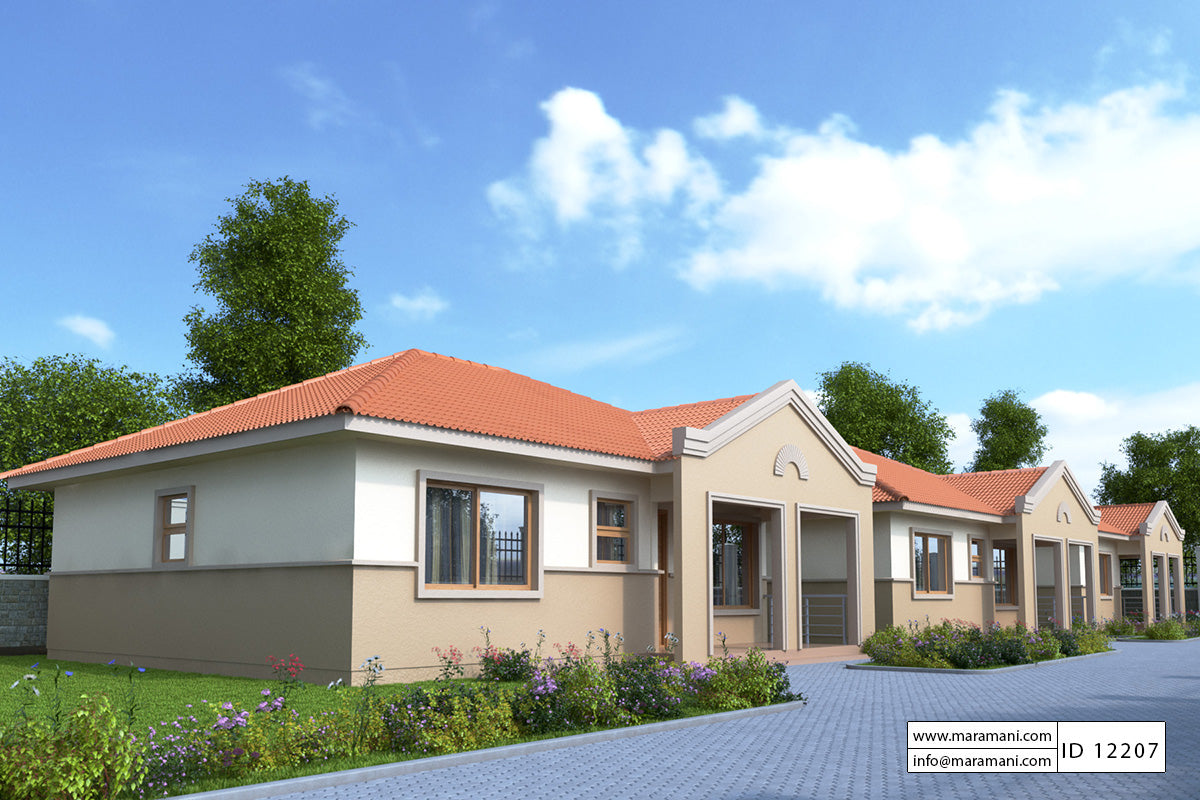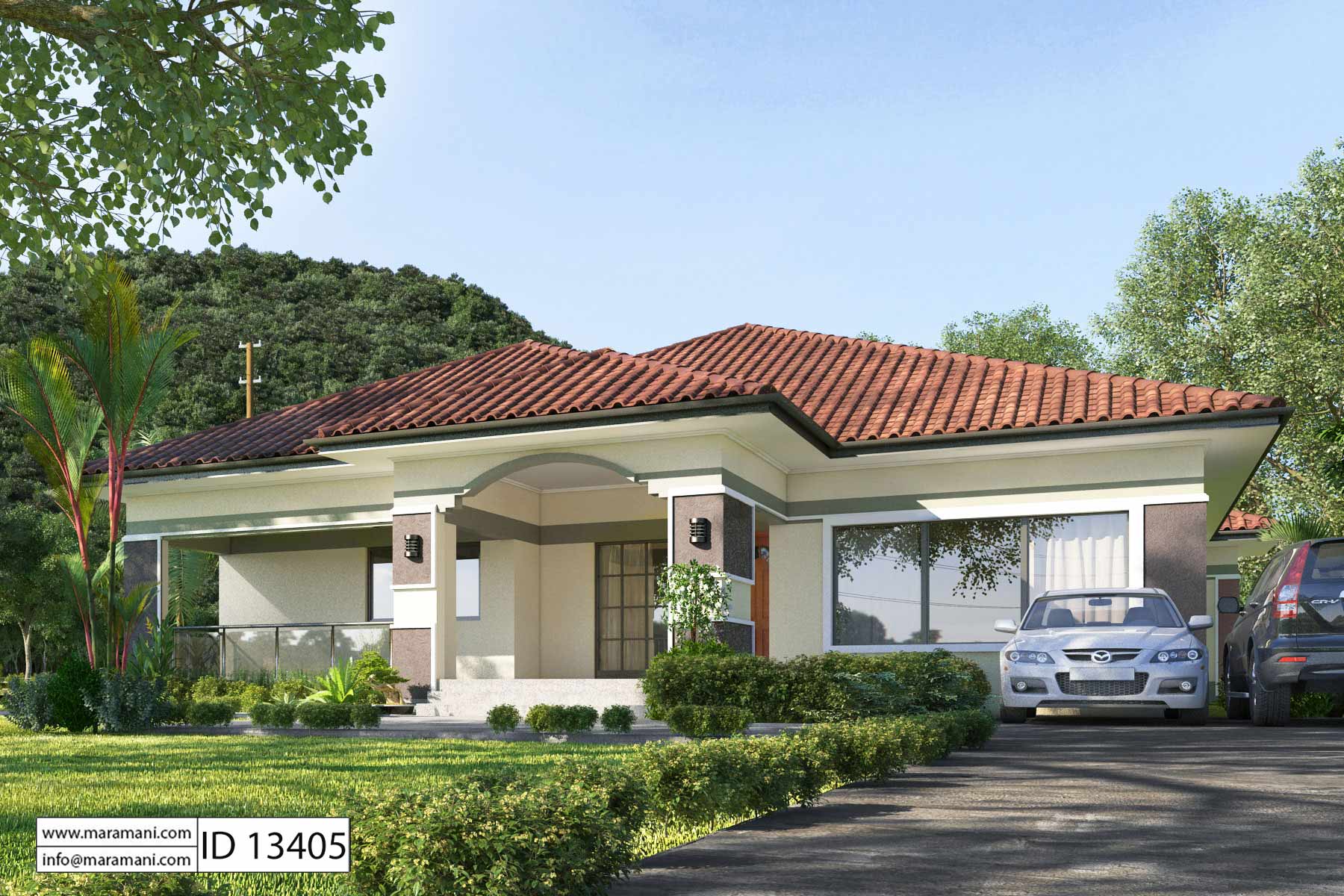Bungalows are a single-story style of house characterized by a low horizontal profile and a low-pitched roof. They are typically small and distinguished by large front porches, open floor plans, and plenty of windows.
The word ‘bungalow’ originates from India after the Hindustani word Bangala which refers to the single-story colonial English homes built in Bengal.
Here is everything you need to know about bungalows.
What should a bungalow have?

Small size
Bungalows typically feature a single story and are small and as a result, easy to maintain making it cost-efficient in terms of heating and cooling costs. Bedrooms are located on the ends of the house with the living room at the center of the layout.
Despite their small size, bungalows tend to allow more space for additions and modifications.
Balance
While the front of a bungalow does not have to be symmetrical, it often features balanced proportions. A front porch of a classic bungalow is typically unenclosed and has support columns that are tapered and placed with symmetrical intervals between them.
Open floor plans
The small size of bungalows results in rooms that connect directly to each other rather than rooms that feature hallways between them.
Large front porch
A verandah is one of the typical and distinctive features of a bungalow. It is usually covered by a steeply-pitched roof.
Lots of windows
Traditional bungalows feature single- or double-hung windows. Modern craftsman-style bungalows feature casement windows, dormer windows or large bay windows.
What is good about a bungalow?

Highly desirable open-concept design
Bungalow-style homes often feature an open-concept design which has a host of benefits such as efficient use of vertical space and square footage.
They can also feature tall windows and vaulted ceilings that make the home feel more spacious and airy with open sight lines that make it more interesting and engaging to entertain family and friends.
Furthermore, bungalows are suitable for mobility because of the lack of stairs. This makes them ideal for people with limited movement and homeowners with young children who want to avoid staircase-related accidents.
A bungalow’s open plan design means that parents and other responsible adults can monitor children from almost anywhere in the house without fearing them tumbling down some stairs or engaging in dangerous behavior out of sight while on another floor.
This open-concept design also makes bungalows easy to furnish and clean.
Ease of maintenance
Fewer stories result in there being less space to clean. Windows are also easy to reach from the outside and can be regularly cleaned well. Heating and cooling are similarly efficient since an HVAC system does not have to work as hard to distribute air throughout the home.
Also, bungalow roofs are lower to the ground compared to other types of houses which makes it easy to clean out gutters and fix any dilapidated architectural elements.
High resale value and demand
Single-floor home designs are harder to come by, which means they are always in demand. Bungalows retain their value quite well and can experience value increases, especially in highly sought-after and up-and-coming areas.
More privacy
Bungalows are often built in suburban areas whose additional spacing offers homeowners more privacy compared to stacked city housing units. Many bungalow owners supplement this privacy by placing shrubbery and other foliage around the low-set property.
What are the disadvantages of living in a bungalow?

The limited separation of rooms located on the same floor can result in sound travelling quickly throughout the house. Dealing with noise levels can be problematic for inhabitants with opposing schedules and families with young children.
Being low-rise dwellings, bungalows have windows that are easily accessible. This is a significant security vulnerability, particularly in the summertime when many inhabitants leave their windows open for ventilation.
The small square footage of the house can be an issue for homeowners who intend to grow their families. They may need more space than a conventional bungalow can provide.
Conclusion
A bungalow is typically a small single-story house distinguished by dormer windows and verandas. They are easy to maintain and cost-efficient with the trade-off of fewer rooms and smaller rooms that are all on the same floor.
Given their suitability for many people’s families, needs and lifestyles, it is no surprise that bungalows continue to grow in popularity. They are increasingly popping up in new neighborhoods as an ideal choice for people at any stage of life who are looking for a low-maintenance, open-concept house.






Leave a comment
This site is protected by hCaptcha and the hCaptcha Privacy Policy and Terms of Service apply.